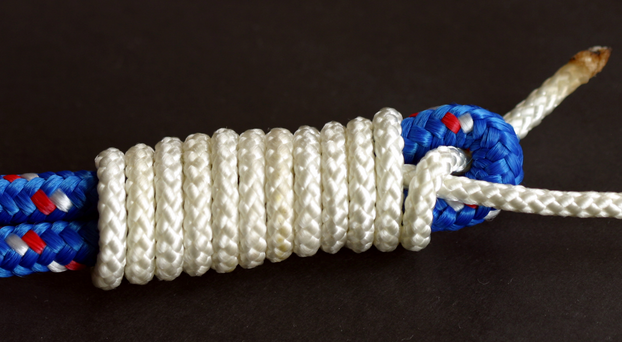[dropcap]W[/dropcap]hile this Albright Knot will not be needed for catching trouts or panfish, it’s useful when confronted with tying line types that are either a different diameter or material. For example, mono to fluoro, or 20-pound test to 50-pound test. Yes, it’s primarily a saltwater knot, but pike and musky anglers know all about it. It’s especially useful when tying a single strand wire (bite guard) to tippets. We also prefer it when tying backing to fly line.
Fortunately, it’s simple to tie and quickly done in adverse weather conditions or on the gyrating cockpit of a boat. Another knot to consider is the Duncan Loop Knot – sometimes incorrectly named the Uni-Knot.
• Make a loop in the heavier line and run about 10-feet of the lighter line through the loop.
• Hold the three lines between your thumb and index finger. Wrap the light line back over itself and both strands of the loop.
• Make ten tightly wrapped turns. Feed the tag end back through the loop and exit the loop the same as it entered.
• Hold the light line and pull on both ends of the heavy line to slide the wraps to the end of the loop. Pull the knot tight to complete the Albright Knot.
Watch once, and you’ll get it. The Albright is not the strongest knot, but it doesn’t slip and its easy to tie, especially effective for holding with a dissimilar materials.
[vimeo id=”288232″ width=”620″ height=”360″]


